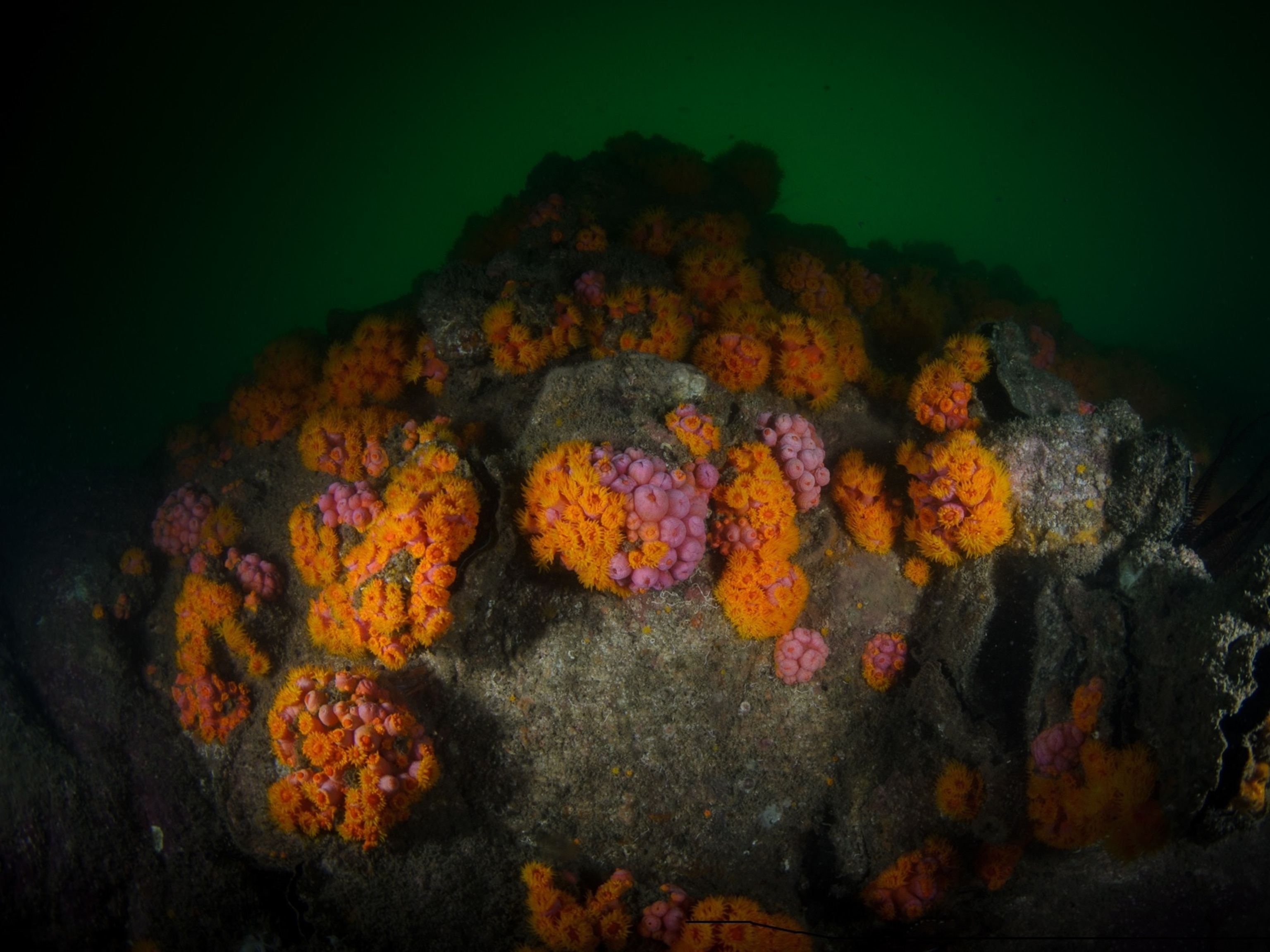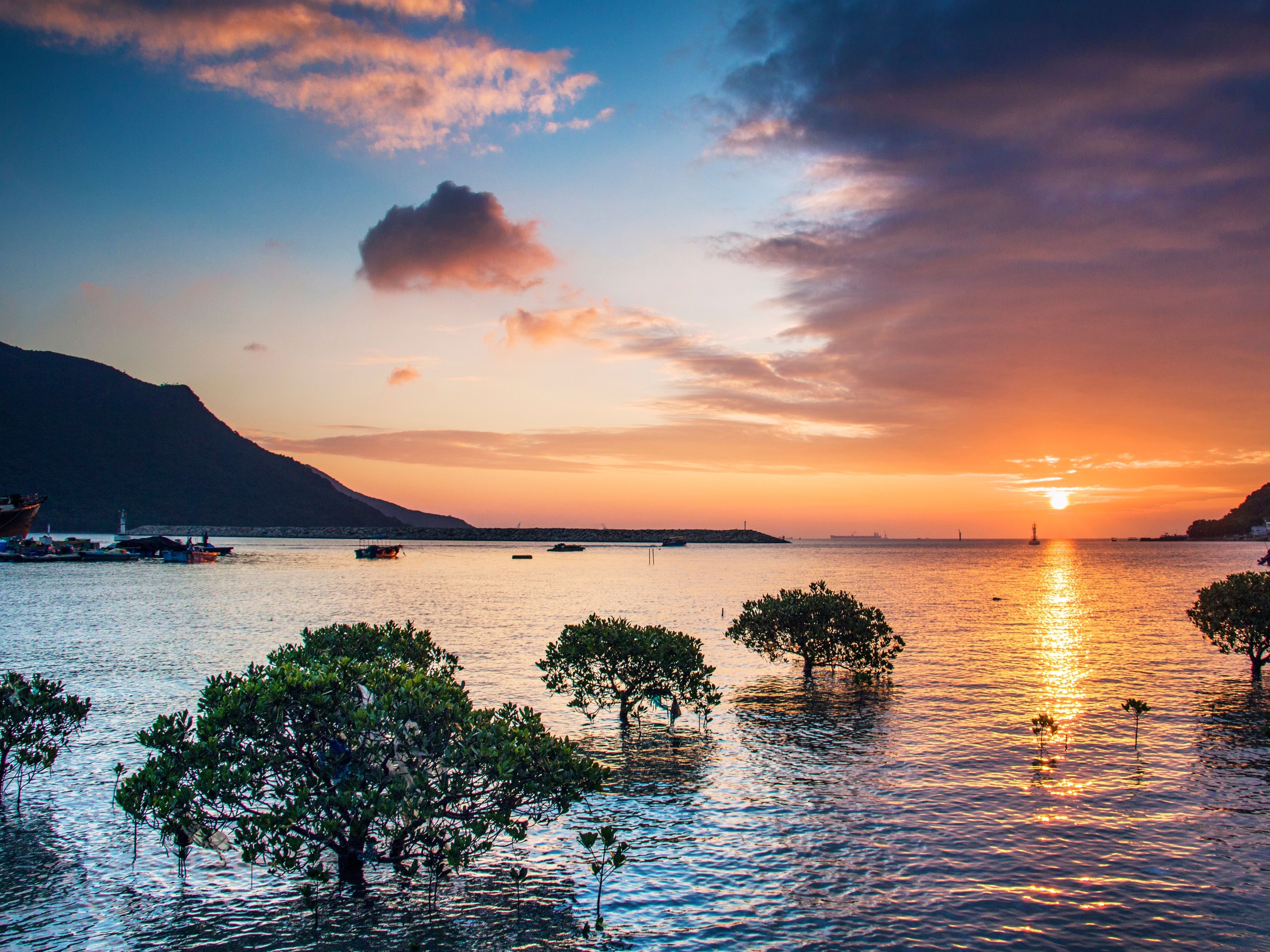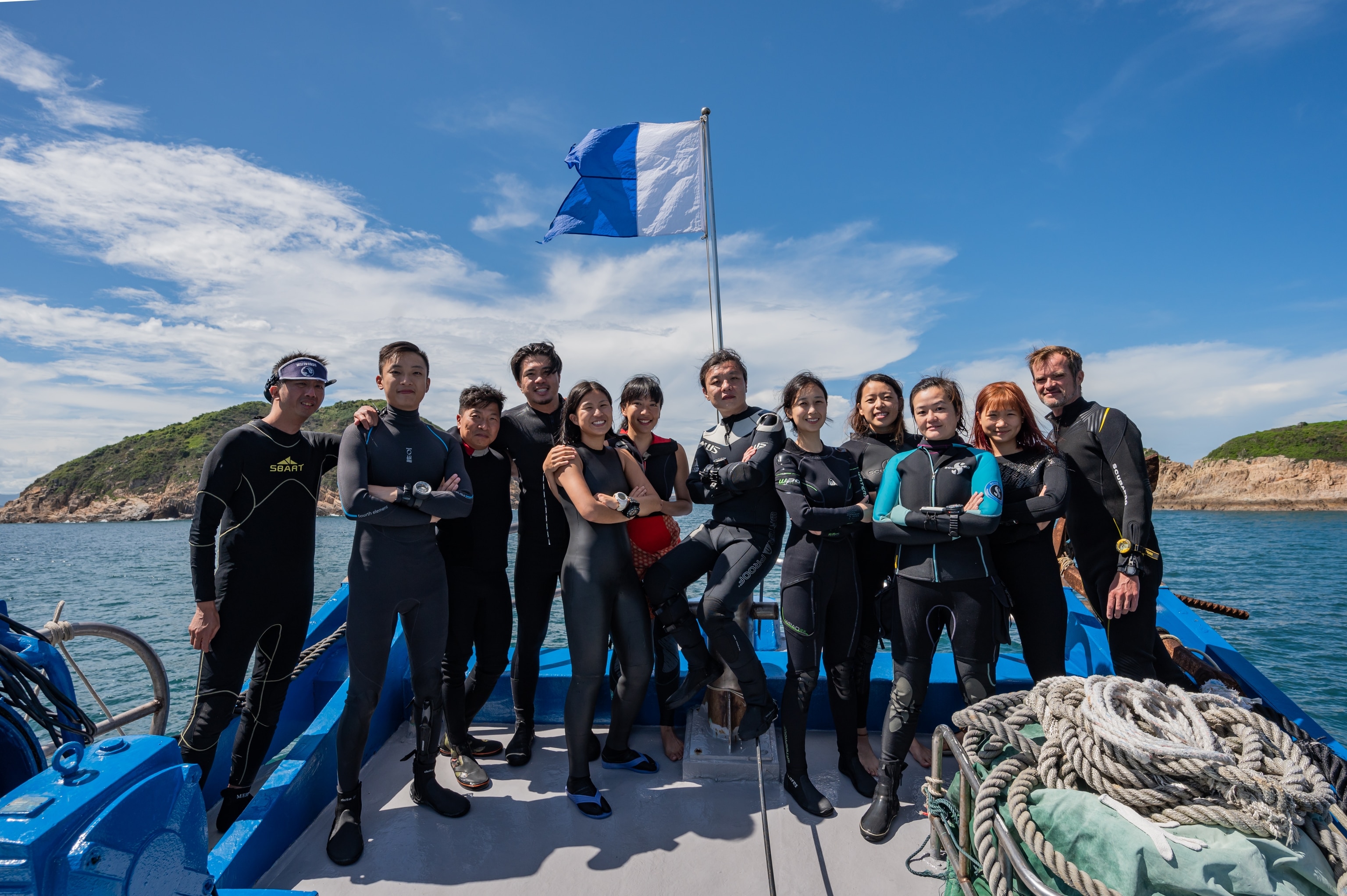
Why education is key to building a more sustainable marine ecosystem
Sustainable consumption and fishing practices are key to protecting Hong Kong’s marine ecosystem, says National Geographic Explorer Stanley Shea.
My love for animals began through watching wildlife documentaries when I was a kid. I went on to study Environmental Science at university, and became interested in marine biology when I did my MPhil at The University of Hong Kong. That’s when I realised that there was a possibility to do more for Hong Kong.
I was very lucky to meet Ms. Claire Nouvian when I graduated from my MPhil in 2009. At that time, Claire was setting up BLOOM Hong Kong after founding the Bloom Association in France a few years before, and she hired me to work on promoting marine conservation. We do this mainly by being research-focused, raising awareness, and trying to fill knowledge gaps. We then share our information with frontline officers, such as fishery managers and customs officers, to help them understand how important their role is in implementing regulations to the wildlife trade, and share suggestions on how to make implementation work more efficient.
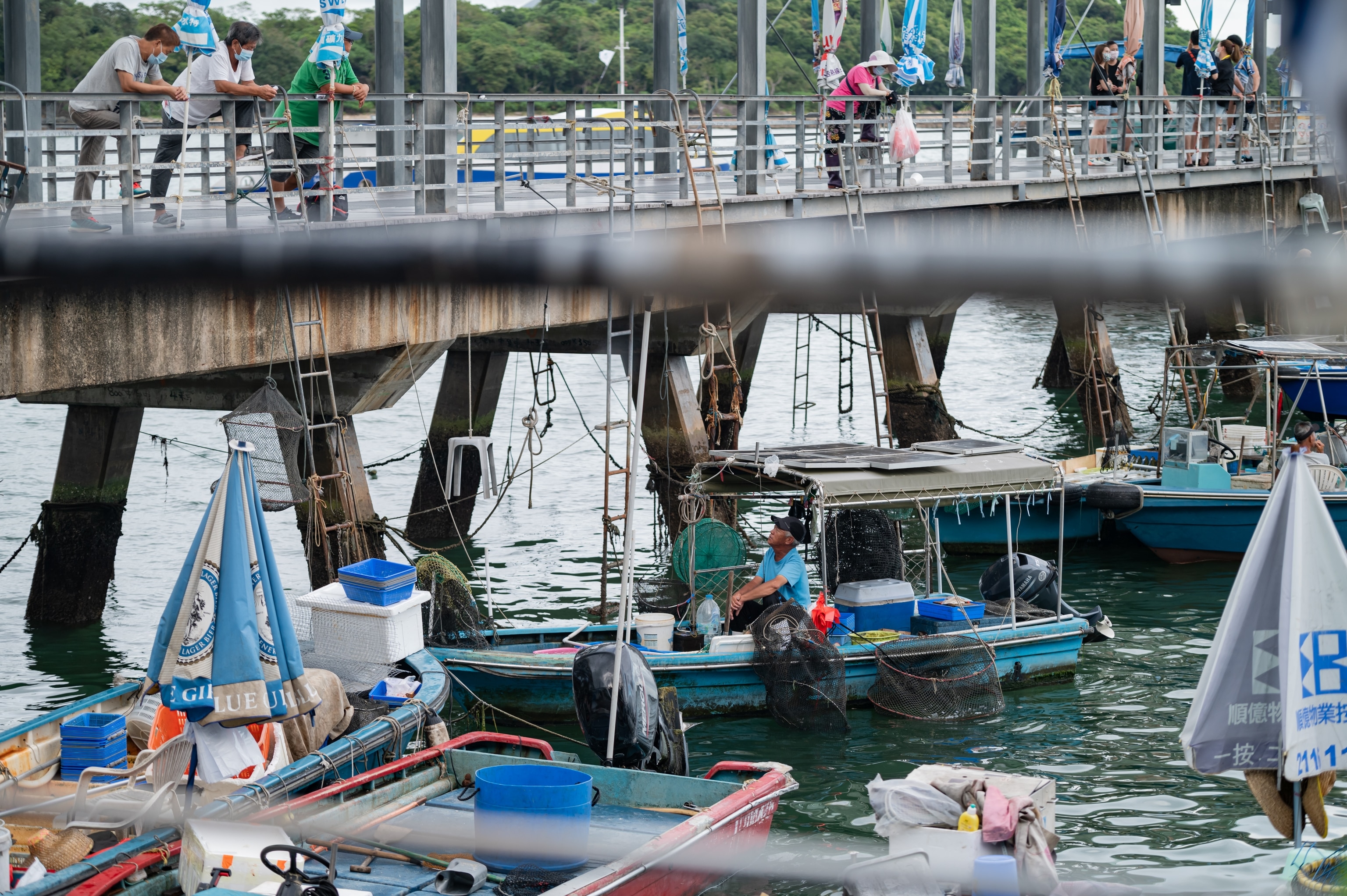

Troubled Waters
Marine issues are in some ways trickier than a lot of other environmental issues, such as air pollution or conservation of terrestrial species, because most of what we are asking people to care about is underwater—out of sight and out of mind. In Hong Kong, many people would associate marine life only with seafood, and few people would consider it as a part of nature to be appreciated.
Although our marine life is highly diverse, our waters have been overfished for several decades. If we look at descriptions of Hong Kong’s marine life from the past, there are many commercially important species, such as sharks or groupers, that are rarely encountered now.
For instance, records show that, decades ago, Hong Kong had such high yields of seafood that it supported 90% of the local demand. Areas of our waters were designated for catching sharks because they were so abundant. Our oyster reefs supplied businesses with Hong Kong-grown oysters. Today, at least 90% of the seafood we eat has to be imported to meet local demand, as our waters are so overfished that they can no longer support the local appetite.
Despite this shift, we are still a city in love with seafood—according to the Food and Agriculture Organisation of the United Nations, Hong Kong has the second highest annual seafood consumption per capita in Asia—but consumers are barely aware of where their seafood comes from and which species are threatened.
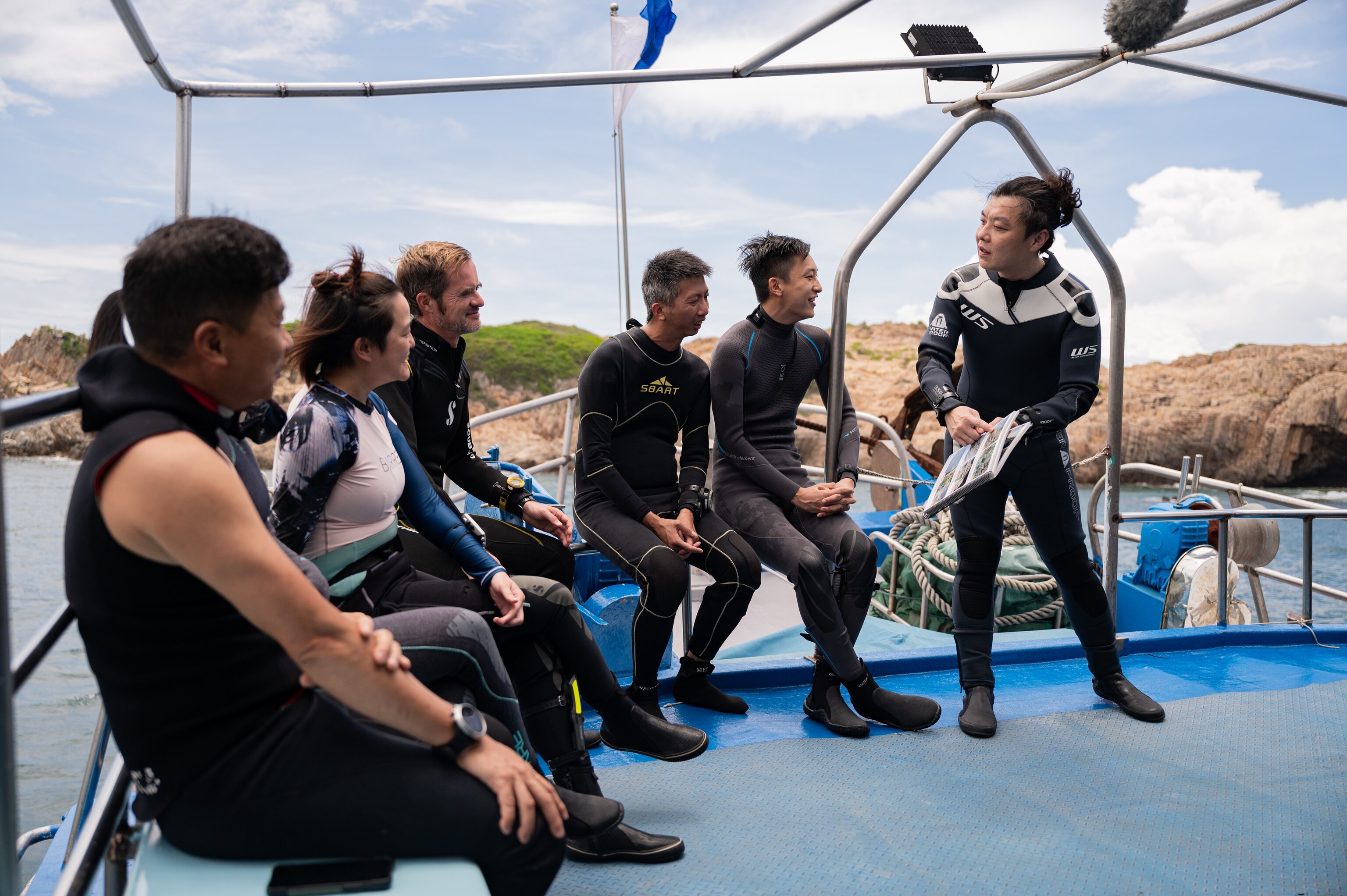
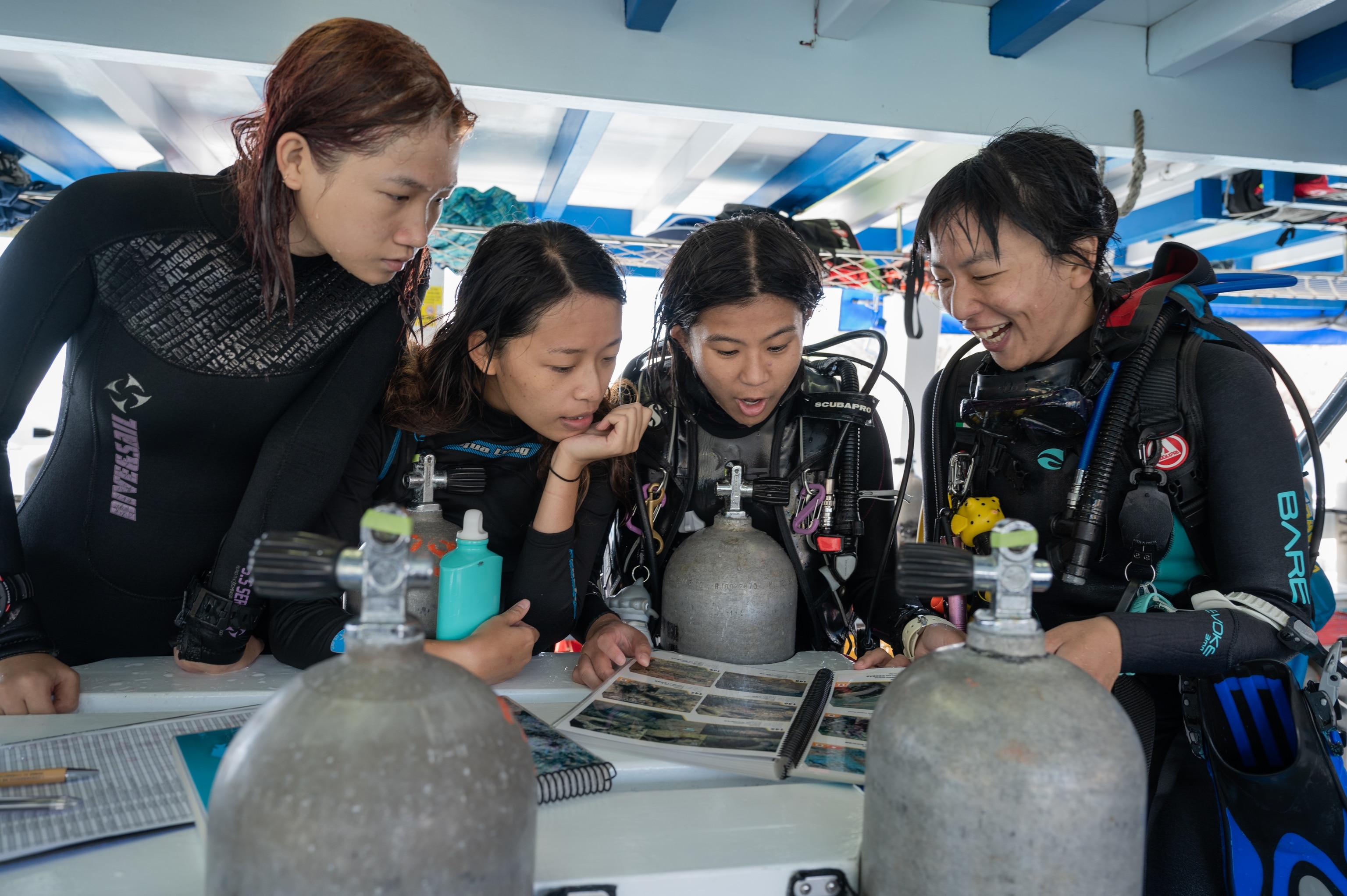
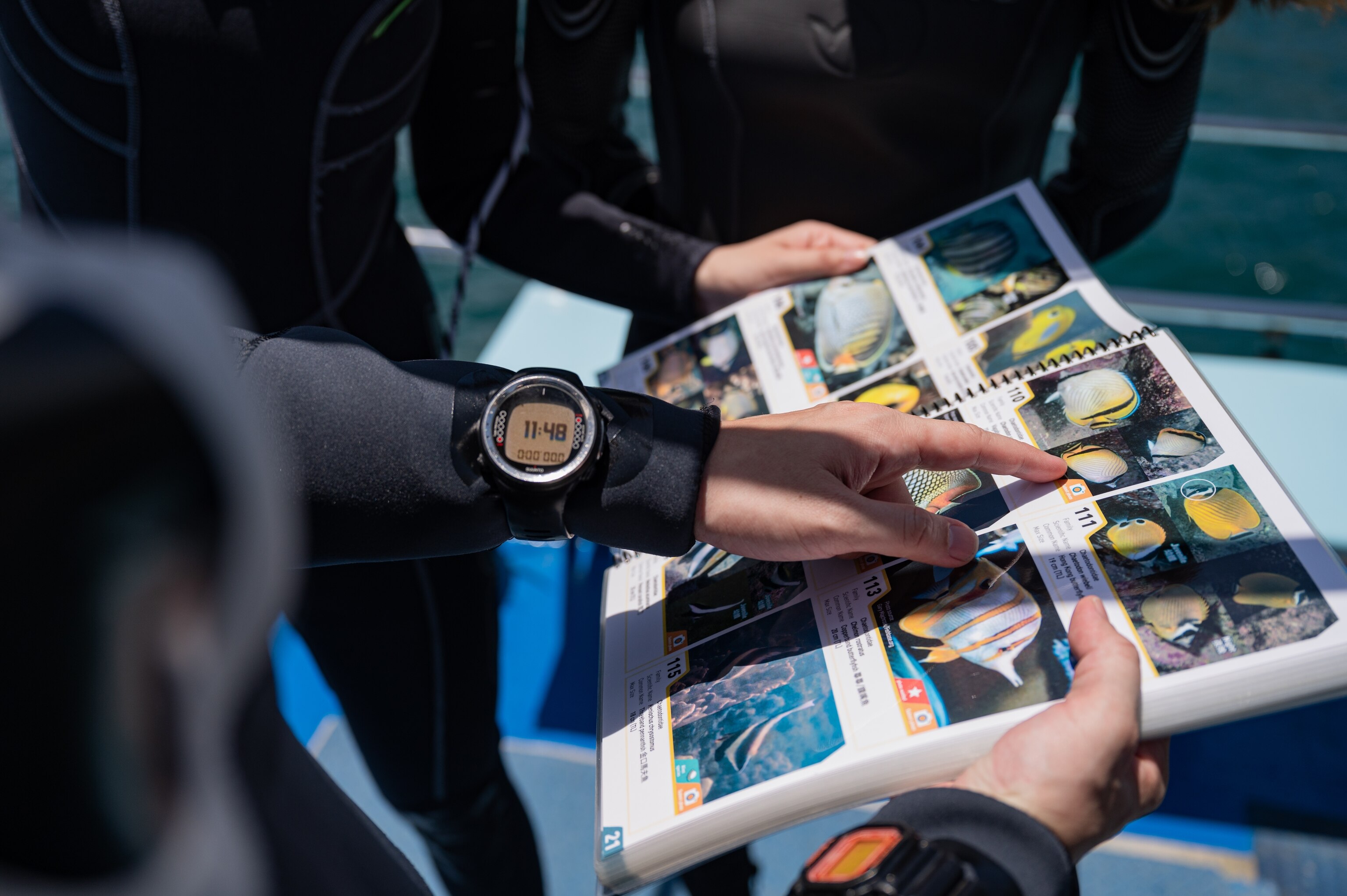
Sustainability in Action
There is a lot of room for improvement in Hong Kong, and more government initiatives would definitely have considerable impact. For instance, the government has already banned the consumption of certain seafood, including shark fin and bluefin tuna, at official functions due to sustainability concerns. The next step could be to move towards choosing sustainable seafood only for such functions.
Refining local fishery management policies and increasing the coverage of Marine Protected Areas, as well as conducting the relevant research to inform such decisions, could also move the city towards greater sustainability in this area. Hong Kong is a good place to experiment with sustainable fishing practices. Given that we are a small city, and the scale of our fisheries today are relatively small, we could take the lead in pioneering such practices.
On the industry side, the catering sector should set procurement policies aimed at increasing the proportion of sustainable seafood in their dishes, while NGOs also have a part to play in more intensively promoting sustainable seafood consumption in public outreach.
And consumers should avoid eating seafood that is on the IUCN Red List of Threatened Species. As a general rule of thumb, if people are not sure what the species is, they should choose something else that they are more familiar with.
Collective Responsibility
With the marine ecosystem already fragile, the greatest threat is continued ignorance and inaction. We as humans have been a significant part of the problem, but now it is time for us to show that we can also be a part of the solution. If each person plays their part—even for just one meal a day—Hong Kong would already be on its way to making considerable progress towards sustainable seafood consumption.
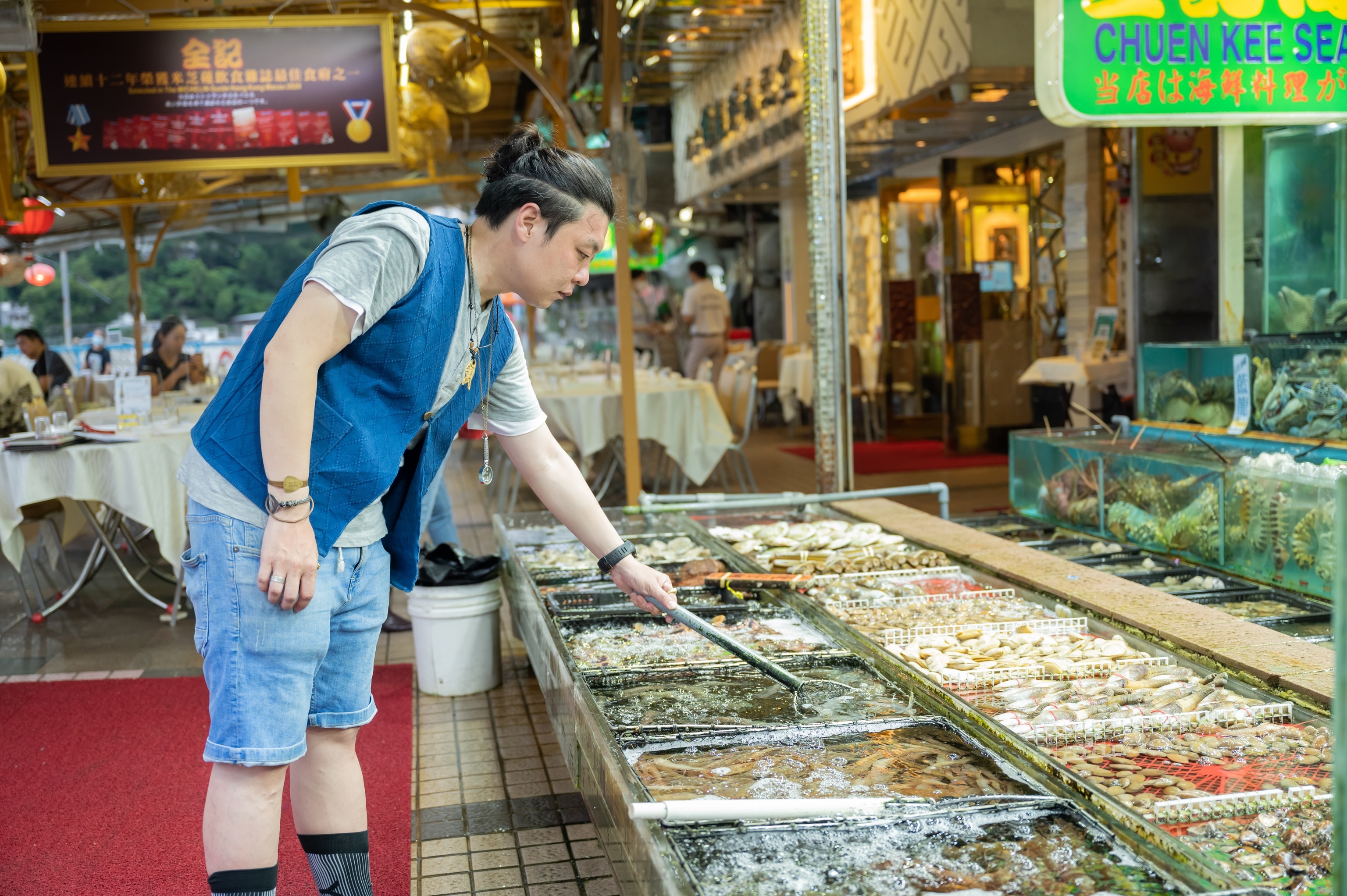
Find out how to preserve Hong Kong’s marine biodiversity at Oceans Tomorrow.

